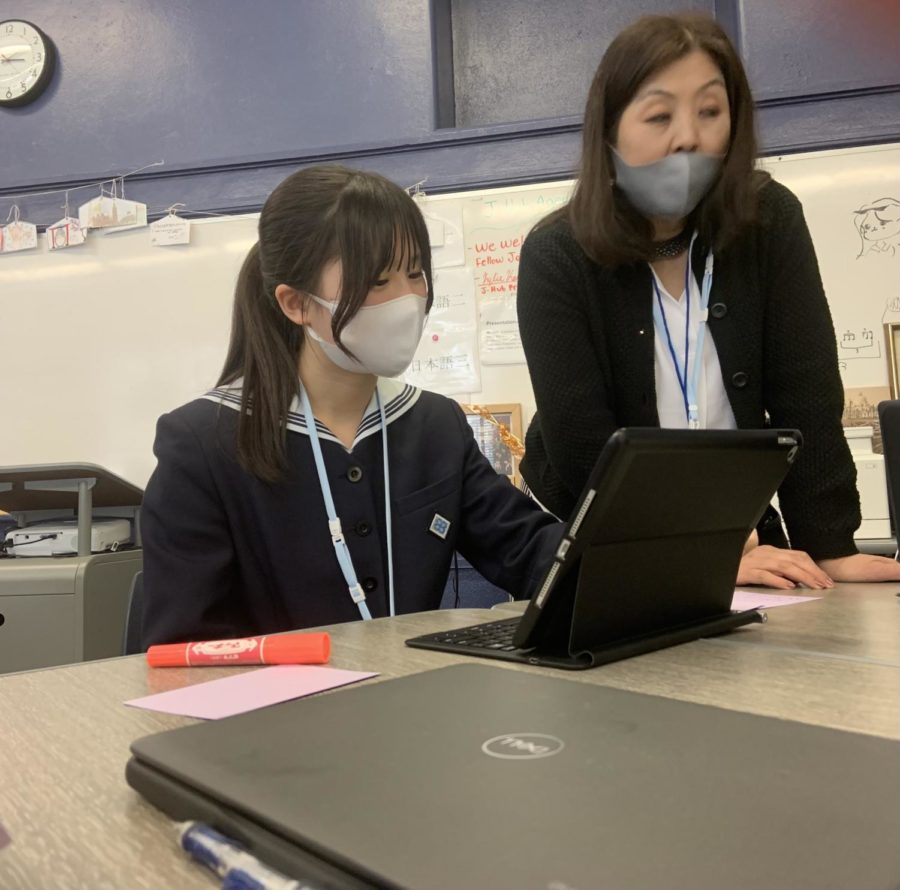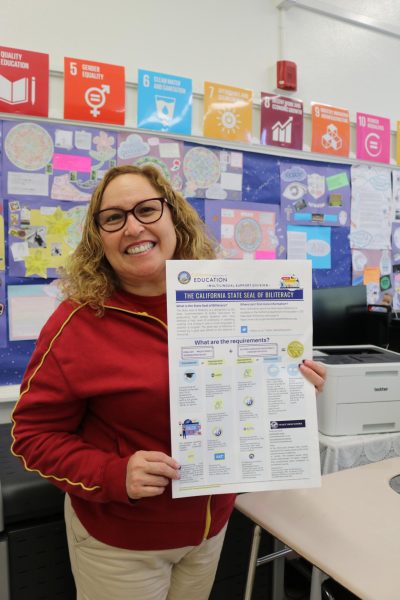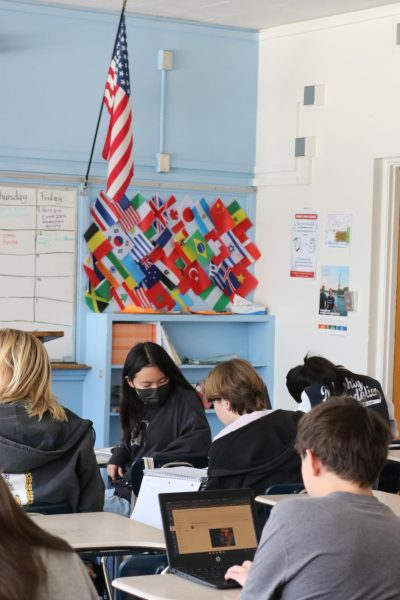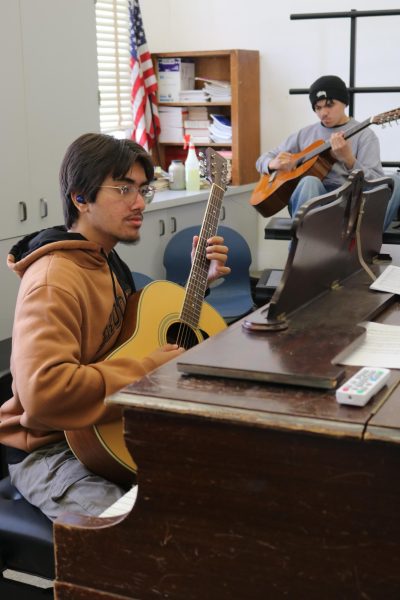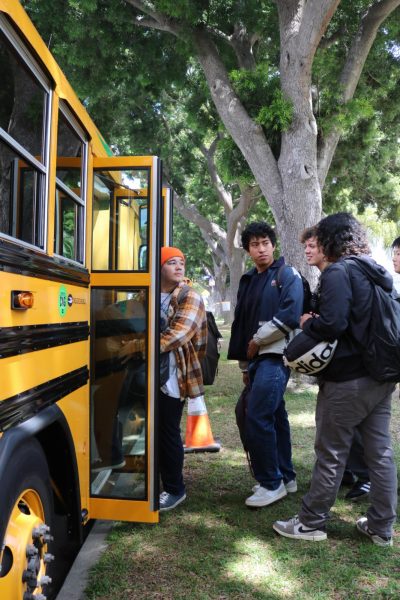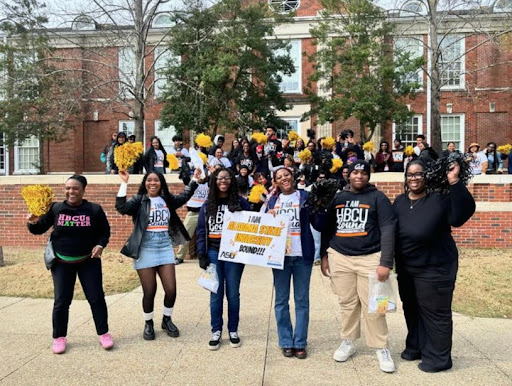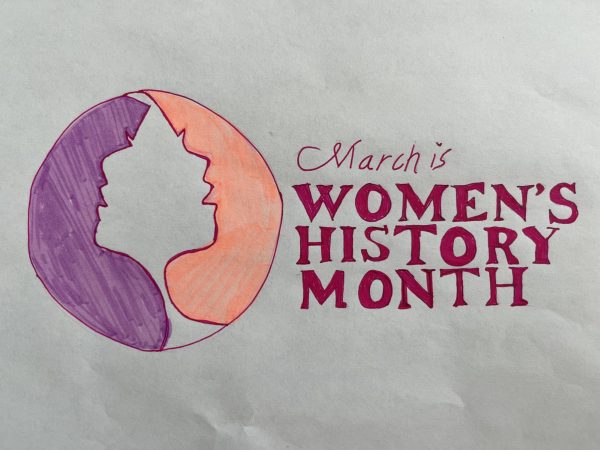Japanese Students Arrive At Venice High
April 13, 2023
Japanese students visited Venice on March 17 to show their culture to students.
The students came from Sasebo Kita High School in Nagasaki.
They are a part of the Kakehashi Project, which connects Japanese students to American experiences. They are teaching American students about their economy, society, history and culture.
Toshiro Kusano, a teacher from Sasebo Kita, said, ”We came from an exchange program that helps us bridge with others so we can gain more friends in America.”
Students shared an informational slideshow talking about Hiragana and Katakana. Hiragana and Katakana are the Japanese alphabet and they use the whole sound, not the vowel like English. For example: they would use Ra instead of just using the letter R.
Venice students learned that there are 46 characters each and there are about 2,000 kanji in total.
The students from Japan also shared what some Japanese names mean. They explained them by using photos of their names, and one of them showed a maple tree for Keade Tomura, who is one of the sophomores.
Alana Baxter, the education facilitator from Lauraian Institution said,” Venice was the one to accept Japanese student visitors.”
The reason why Venice was the one to accept them was because the timing worked out; they had a short period of time to let them visit here.
Sae Komura, a junior in the project said, “I want to learn about different countries and meet new friends.”
Making friends from different countries is a way to find different sides of culture. Finding different cultures will open you to different doors of opportunity.
”People have to like their own culture to appreciate the different cultures,” said Yuko Soda, the English teacher at Sasebo Kita High School.
Japanese culture is very important to other students and even teachers.
Taylor Mah, one of the Seniors said, “America is a salad bowl for cultures and we thrive through the diversity of thoughts and perspectives. Because Japanese culture is very different from our own.
Their ideas would be very beneficial as it gives American students and teachers the opportunity to explore and apply some Japanese traditions to their everyday life.”

